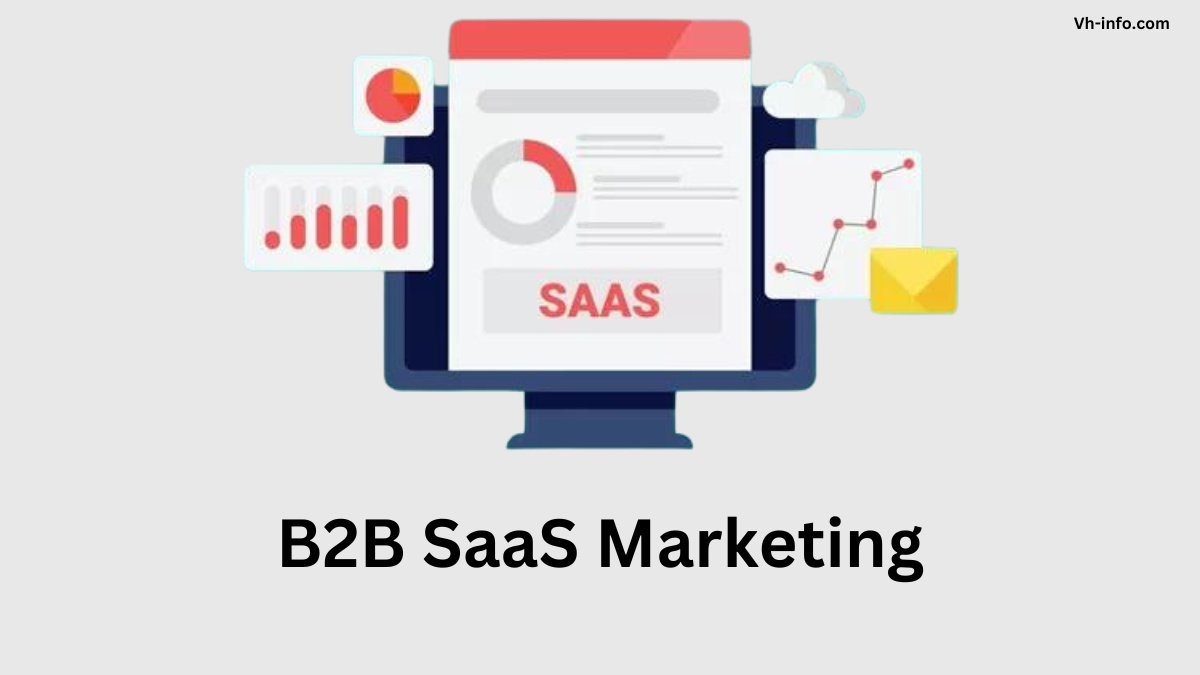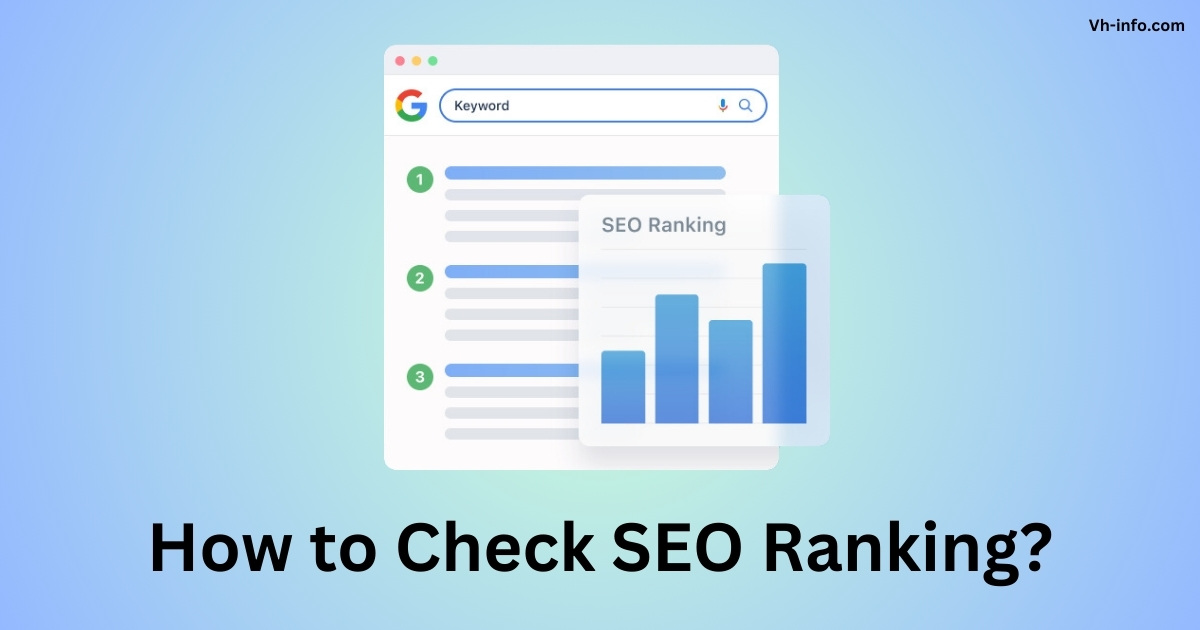
B2B SaaS Marketing: Meaning, Strategies, Challenges & Examples
In the dynamic world of software as a service (SaaS), effective marketing is important for standing out in a crowded

B2B SaaS Marketing: Meaning, Strategies, Challenges & Examples
In the dynamic world of software as a service (SaaS), effective marketing is important for standing out in a crowded

Saas Marketing: Meaning, Strategies, Examples, Best Practices
Software as a Service (SaaS) has revolutionized the way businesses operate, providing cloud-based solutions that are accessible, scalable, and cost-effective.

How to Check Your Website’s SEO Rankings for Target Keywords?
As a SaaS company, monitoring your website’s SEO rankings is important for driving organic traffic and generating leads. By tracking
WHAT WE
3rd floor, VHinfo, QRXG+CG9 Capital Market, Canal Rd, chokdi, Ravapar, Morbi, Gujarat 363641
VH-info © 2025 | All Rights Reserved